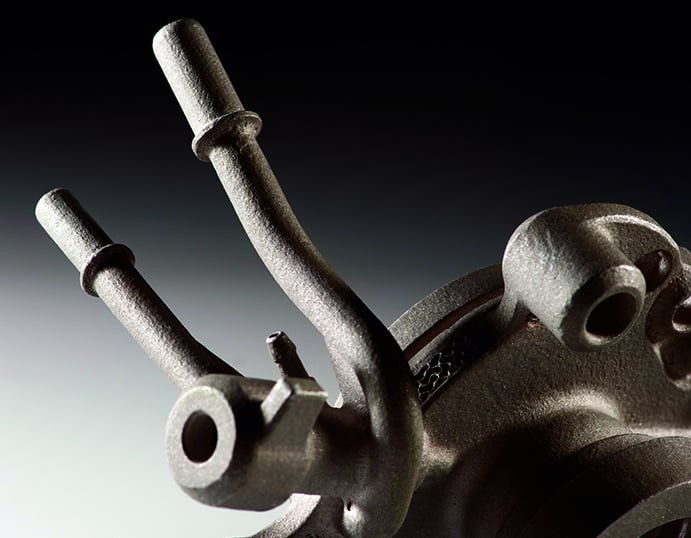 Prof Richard Hague, chair of the Additive Manufacturing and 3D Printing International Conference, talks myths and modelling
Prof Richard Hague, chair of the Additive Manufacturing and 3D Printing International Conference, talks myths and modelling
As someone who’s been living and breathing additive technologies for the best part of 20 years, it will come as no surprise that I am not a fan of all the hype surrounding consumer 3D printing. For me, it’s a relief to see a marked decrease in stories on the ‘wonders of 3D printing’ appearing in the tabloids and mainstream media on a regular basis.
Cynical as this may sound, I have good reason: we are still constantly dispelling the ‘plug-and-play’ myths that have led to frustration, disappointment and unmet expectations with the technology. However, in spite of the confusion it may have caused, I also acknowledge that much of the hype surrounding 3D printing has also played an important role in advancing the technology.
The increased exposure has helped to attract the attention of a wider spectrum of companies looking at how they can benefit from additive manufacturing (AM), which has also opened an opportunity to better educate industry and governments about where the technology fits and what it can achieve.

The conversation about AM has moved from taking place almost exclusively in labs and on manufacturing shopfloors into business boardrooms. With management teams taking notice, AM is attracting more strategic buy-in and investment. Business and industry are starting to take it seriously.
Where business goes, governments also begin to follow. No one wants to be seen to be left behind, so in a drive to be the leader in profiting from additive technologies, governments – as well as industry – are starting to dedicate serious resource to developing strategies around AM.
So why does all of this matter? Does AM need to be a topic discussed in the boardroom if it works just fine in the manufacturing plants? Do governments really need to be paying attention to its potential? Is this not just another form of the dreaded hype around the technology?
The increased awareness of the strategic value of AM we’re seeing is different from the hype – people are putting their money where their mouths are. We’re beginning to see companies designing products specifically with AM in mind.
Automotive applications
The automotive industry is a good example of this. After mainly focusing on these technologies for prototyping purposes, it has not previously entertained the use of AM for end-use parts as costs proved too high and the materials just weren’t available. Automotive companies are exploring next-generation AM systems and virtually every major car company is investigating serial productions. Cost is still a major factor, but with faster builds and more materials available, we’ll soon be seeing the industry’s return to embracing additive technology for larger volumes.
And speaking of materials, the growing awareness of the opportunities in additive has not been lost on the material companies. Greater investment has fuelled further research and development, and we are beginning to see a lot of exciting advances in materials, especially in metals.
We’re seeing wider applications with titanium in everything from custom competitive cycle handlebars to defence technologies. Speakers at this year’s Additive Manufacturing and 3D Printing International Conference will be discussing the benefits of printing metals over more traditional methods and materials such as carbon-fibre moulding.
Advancements such as those recently seen in metal AM and other materials cannot happen without research. This is where the need for greater awareness and government funding really comes to the forefront. It helps us continue to innovate and move the technology forward for maximum benefit to industry and society.
Modelling efforts
Increased efforts on modelling are essential in driving development in additive. Closed feedback control modelling will help ensure repeatability of the processes, which is absolutely key for all AM.
And the innovation doesn’t appear to be stopping with processes. Lawrence Livermore National Laboratory is speaking at this year’s conference about pushing the AM boundaries. It has built a prototype for ultra-rapid 3D fabrication that fabricates mm-scaled structures to be printed all at once, rather than the layer-by-layer approach from which additive manufacturing derives its name.
AM has always been a disruptive technology, even before – and now after – the hype of consumer 3D printing. Education, training and success stories will only help to strengthen this perception, helping the industry to continue to develop, evolve and thrive.
Want to hear first-hand about new developments in AM? Engage with the experts and dispel the myths at the Additive Manufacturing and 3D Printing International Conference on 11-13 July




April 1886: the Brunkebergs tunnel
First ever example of a ground source heat pump?